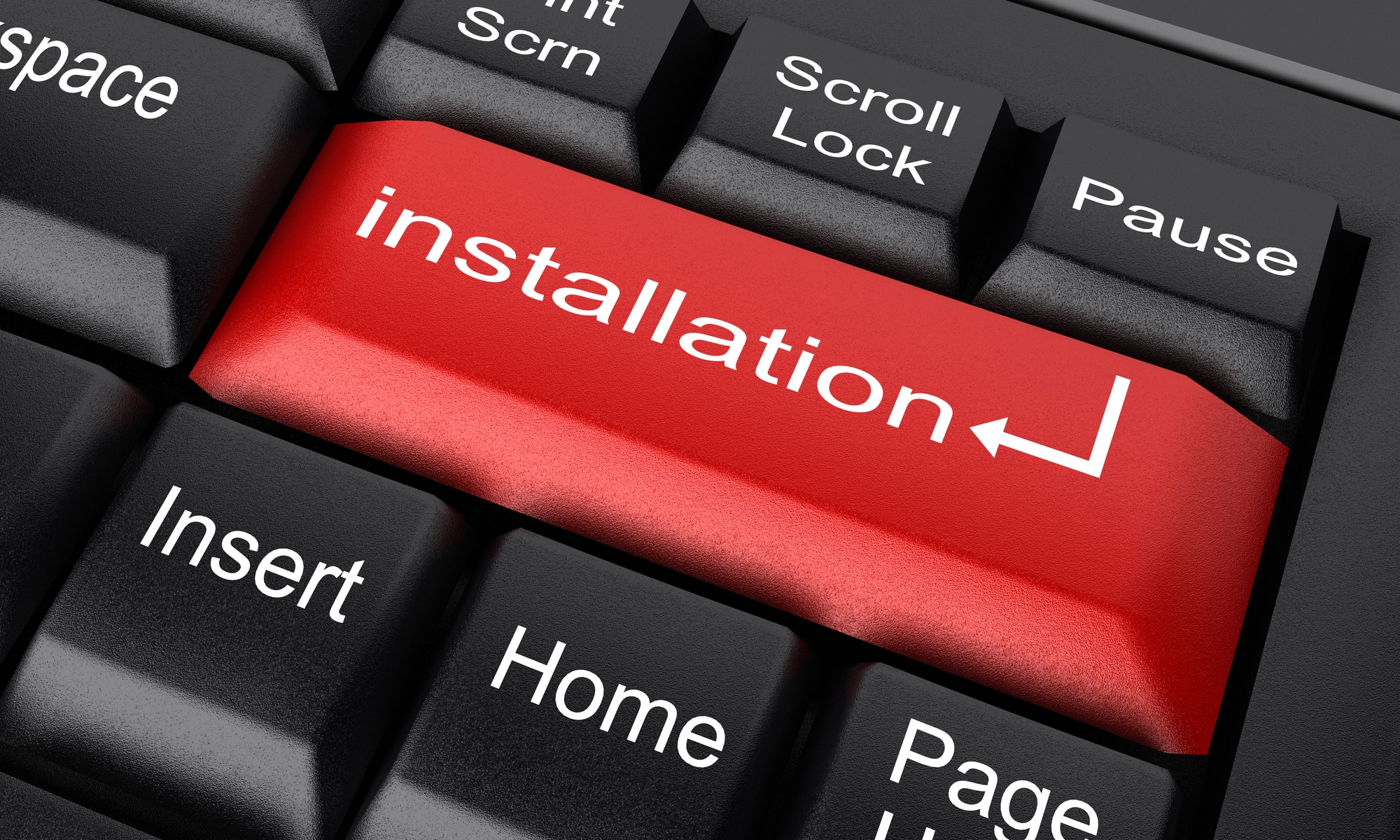
What You Need To Install Fiber Optic Internet
Most people prefer fiber optic internet to other types of broadband connections because it offers fast, reliable, high-quality data transmission. Fiber uses light instead of electricity to send information, enabling faster internet connections that can handle large amounts of data simultaneously.
Whether you are a residential or business customer, you need a few components if you want to install this type of internet. Here’s everything you need to know about fiber optic internet and what to expect during the installation process.
What Is Fiber Optic Internet?
Fiber optic internet is a broadband internet service that uses optic cables to transmit information at high speeds. Often referred to as fiber, this type of internet can share data at a rate of about 70% of the speed of light.
The demand for fiber internet has never been higher. More and more people are switching over to this type of service because of the reliability provided by fiber optic cables. Before you can start enjoying the benefits of this service, you need to make sure it is installed correctly.
What Components Are Needed for Installation?
While it is best to hire a professional to install your internet service, you should know what is needed for installation. Here are the components necessary to install fiber optic internet:
1. Fiber Optic Cables
Fiber network cables are strands of glass or plastic fibers housed inside an insulated casing. These cables are best for long-distance, high-performance internet usage. Compared to copper or wired cables, fiber cables provide higher bandwidth and send information at a faster speed over long distances.
You need to make sure your home or business is wired with fiber optic cables before you can install this type of internet. Updates may need to be completed if you still have traditional wiring. Be sure to contact a qualified technician to evaluate your home’s wiring needs before you schedule an internet installation appointment.
2. Fiber Optic Modem
Traditional DSL modems cannot be used with a fiber optic internet connection. Older modems rely on analog signals, and they cannot translate light signals into digital signs. Thus, you need a new modem for fiber internet service, which your service provider typically provides as part of your internet package.
3. Fiber Optic Wireless Router
You also need a wireless router to work with your fiber modem. Fiber optic routers can keep up with the high speeds offered by fiber cables. Traditional routers use analog signals and cannot handle fiber optic light signals. There are various other components that may be needed for installation depending on your service.
What Are the Benefits of Fiber Optic Internet?
There are many advantages of using fiber internet for your home or business. The primary benefit is faster internet speeds. Other benefits include minimal throttling, reliability, and optimal signal strength.
Partner With a Fiber Optics Expert
Do you want to switch to fiber optic internet? V1 Fiber is a trusted leader in the communications fiber construction industry. We can help with construction and engineering services for fiber optic technology. Contact us now to set up an appointment.
Sources:
https://www.connectedfiber.com/whats-needed-to-install-fiber-optic-internet/
https://discover.centurylink.com/top-benefits-of-fiber-internet.html
https://www.centurylink.com/home/help/internet/fiber/what-is-fiber-internet.html





No Comments
Sorry, the comment form is closed at this time.